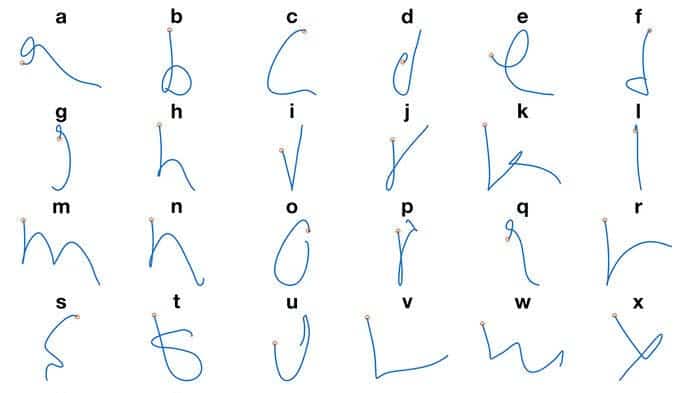
Technology has greatly helped completely locked-in paralyzed patients to communicate with the outside world. Some of these patients, who previously could only communicate by blinking, have had electrodes implanted in their brains which allow them to move a cursor and select letters from a screen.
At this week’s meeting of the Society of Neuroscience, researchers reported a new experiment that greatly speeds up the process. Instead of typing with a cursor, which is capped at about 39 characters per minute, the patients imagine using a pen to write by hand.
A neural network interprets the command, tracing the intended trajectory of the imaginary pen to form letters and words.
Researchers report that the patients could complete sentences with 95% at a speed of about 66 characters per minute. But, this could increase significantly with more practice.
What’s more, besides enabling patients who are paralyzed from the neck down communicate with the outside world, this kind of research will also help scientists gain a better understanding of how the brain processes fine motor movements.
“Handwriting is a fine motor skill in which straight and curved pen strokes are strung together in rapid succession. Because handwriting demands fast, richly varying trajectories, it could be a useful tool for studying how the motor cortex generates complex movement patterns,” the researchers wrote.


